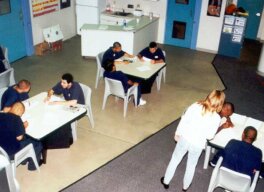At his California private practice, which he owns and operates alongside his wife, Dr. Jorge Galindo offers court-referred counseling services to a diverse client base. Dr. Jorge Galindo has worked with numerous perpetrators of domestic violence and is certified by Orange County as a domestic violence provider.
At its core, domestic violence stems from complex psychological insecurities in the mind of the perpetrator. Many offenders have what psychologists call a destructive inner monologue, which generates thought patterns centered on insecurities and personal criticisms. These criticisms can focus on the perpetrator himself or herself or on the individual’s partner. If susceptible to a belief in such thoughts, the perpetrator can turn to violence in an effort to assert control.
Destructive thought patterns are more likely to lead to abuse if the offender also develops an inflated sense of connection to the partner. Believing that a partner has the sole responsibility for making the offender happy and whole, the offender begins to desperately assert control. This desire for control may intensify if the offender has prior intimate contact with abusive relationships, such as that suffered by a parent during the offender’s childhood, or if the offender suffers from a mental illness that generates insecure thoughts. These factors may be more likely to result in violence if the offender nurtures internalized social biases, such as a belief in innate superiority over a partner’s gender.


